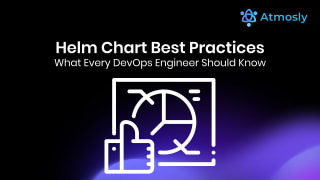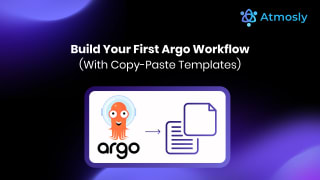Welcome to the world of platform engineering, where innovation and efficiency intersect! As a platform engineer, you understand how crucial it is to have the right set of tools on hand. Whether you're building scalable infrastructure or managing complex workflows, finding the perfect tool for the job can make all the difference. That's why we've curated a list of 10 must-try tools that will revolutionize your team's workflow and amplify their productivity. From DevOps essentials to cutting-edge automation solutions, these game-changing tools are bound to level up your platform engineering game in no time. So gear up and get ready for an exhilarating ride through this toolkit of possibilities!
Why tools are important for platform engineers?
The role of a platform engineer has become even more critical in ensuring that a company's infrastructure runs smoothly and efficiently. As the demand for reliable and high-performing platforms increases, it has become necessary for platform engineers to have the right set of tools to help them tackle complex challenges and achieve their goals effectively.
Tools play an essential role in every aspect of a platform engineer's job. They provide automation, simplify tasks, speed up processes, and improve overall productivity. Without using appropriate tools, performing routine tasks would be time-consuming and prone to human error.
- Streamlined Operations: Automate daily tasks with CM (Puppet/Chef), deployment tools (Ansible/SaltStack), and containerization (Docker) for efficiency and accuracy.
- Proactive Troubleshooting: Monitor system health with tools like Nagios/New Relic and catch issues before they snowball into major outages.
- Teamwork Makes the Dream Work: Collaborate and communicate effortlessly with tools like Slack/Microsoft Teams for project coordination and joint problem-solving.
- Security First: Secure your infrastructure with vulnerability scanners (Nessus/OpenVAS) and configuration audit tools (CIS-CAT), ensuring compliance and peace of mind.
- Scale with Confidence: Stay agile and adaptable with Kubernetes/Terraform, manage resources efficiently for seamless growth and minimize downtime during updates or expansions.
The top 10 tools every platform engineer should try in 2024
The role of a platform engineer has evolved significantly in recent years and with the rapid growth of technology, new tools and techniques are constantly emerging. As we approach 2024, every platform engineer needs to stay ahead of the game by incorporating the latest tools into their workflow.
In this section, we will introduce you to the top 10 tools that every platform engineer should try in 2024. These tools have been carefully selected based on their popularity, functionality, and potential impact on future engineering practices.
1. Kubernetes: The Platform Engineer's Swiss Army Knife
Platform engineers are the backbone of modern software development, responsible for building and managing reliable, scalable platforms. Kubernetes, the open-source container orchestration tool, has become their Swiss Army Knife.
Why Kubernetes?
- Automation Powerhouse: Automates deployments, scaling, and self-healing, freeing up time for innovation.
- Platform Agnostic: Runs seamlessly on diverse platforms, cloud, data centre, or even your laptop.
- Monitoring Maestro: Tracks application health in real-time and integrates with popular tools for deeper insights.
- Security Champion: Network policies and access control ensure your applications stay safe.
- Microservice Mastermind: Simplifies communication between complex microservices.
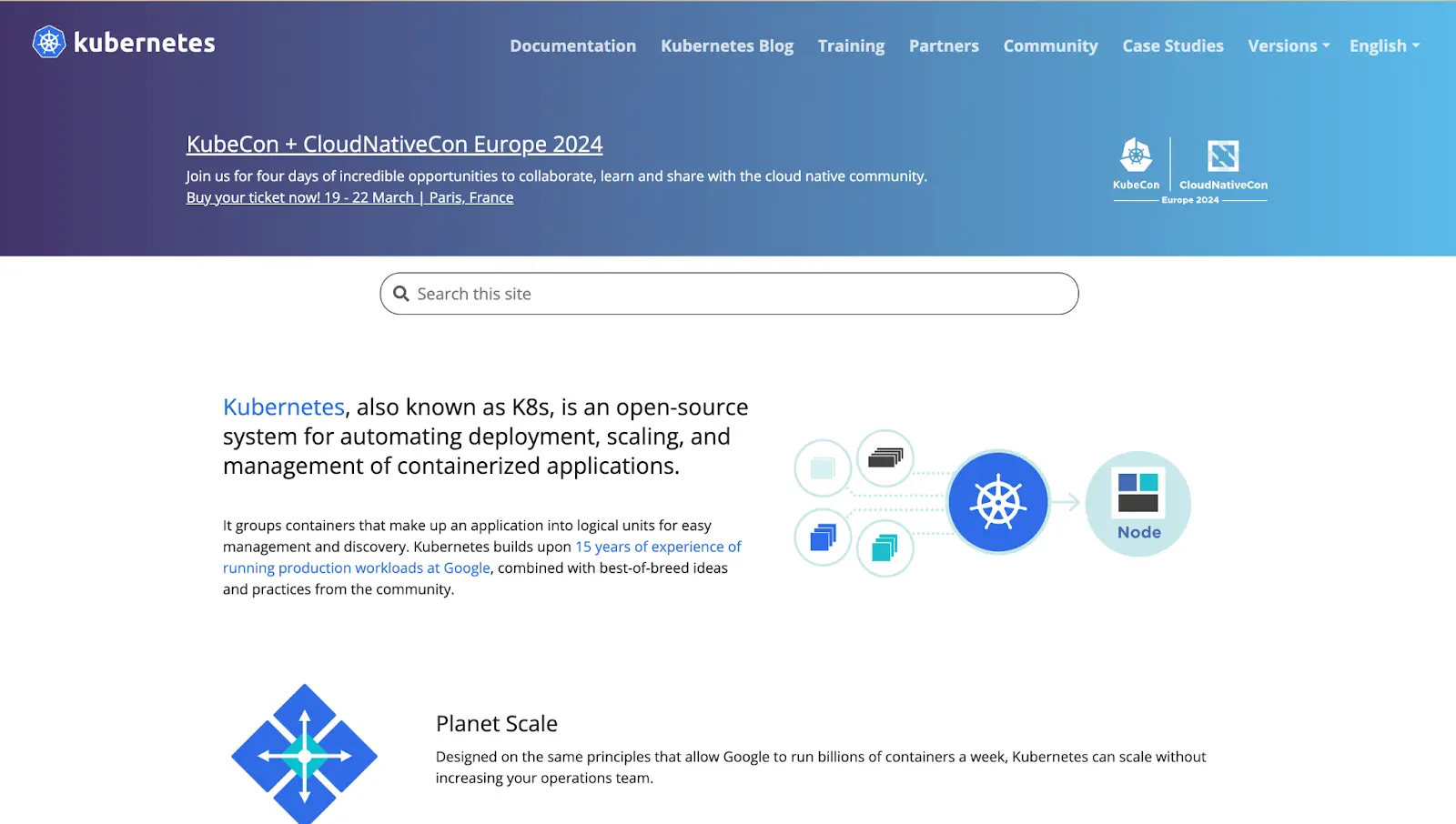
2. Argo CD: Powerful GitOps Deployment
ArgoCD is a vital tool for platform engineers, particularly in building and managing platform portals. Its declarative GitOps approach simplifies deployment management on Kubernetes, ensuring that the actual state of applications always matches the desired state stored in Git repositories. This method promotes version control, easy rollbacks, and collaboration, which are essential for maintaining robust platform portals.
Integrating seamlessly with tools like Jenkins, GitHub Actions, and Slack, ArgoCD enhances existing workflows and automates deployment processes, reducing manual intervention and human errors. Its user-friendly UI and CLI offer flexibility for monitoring and customizing workflows.
Key features like blue-green deployments, canary releases, and automated rollbacks allow safe testing of application versions, which is crucial for stable platform portals. Additionally, its support for multi-cluster setups is invaluable for organizations managing multiple environments.
An in-depth understanding of ArgoCD empowers platform engineers to efficiently handle the complexities of Kubernetes deployments, making it an indispensable part of their toolkit for building and maintaining effective platform portals.
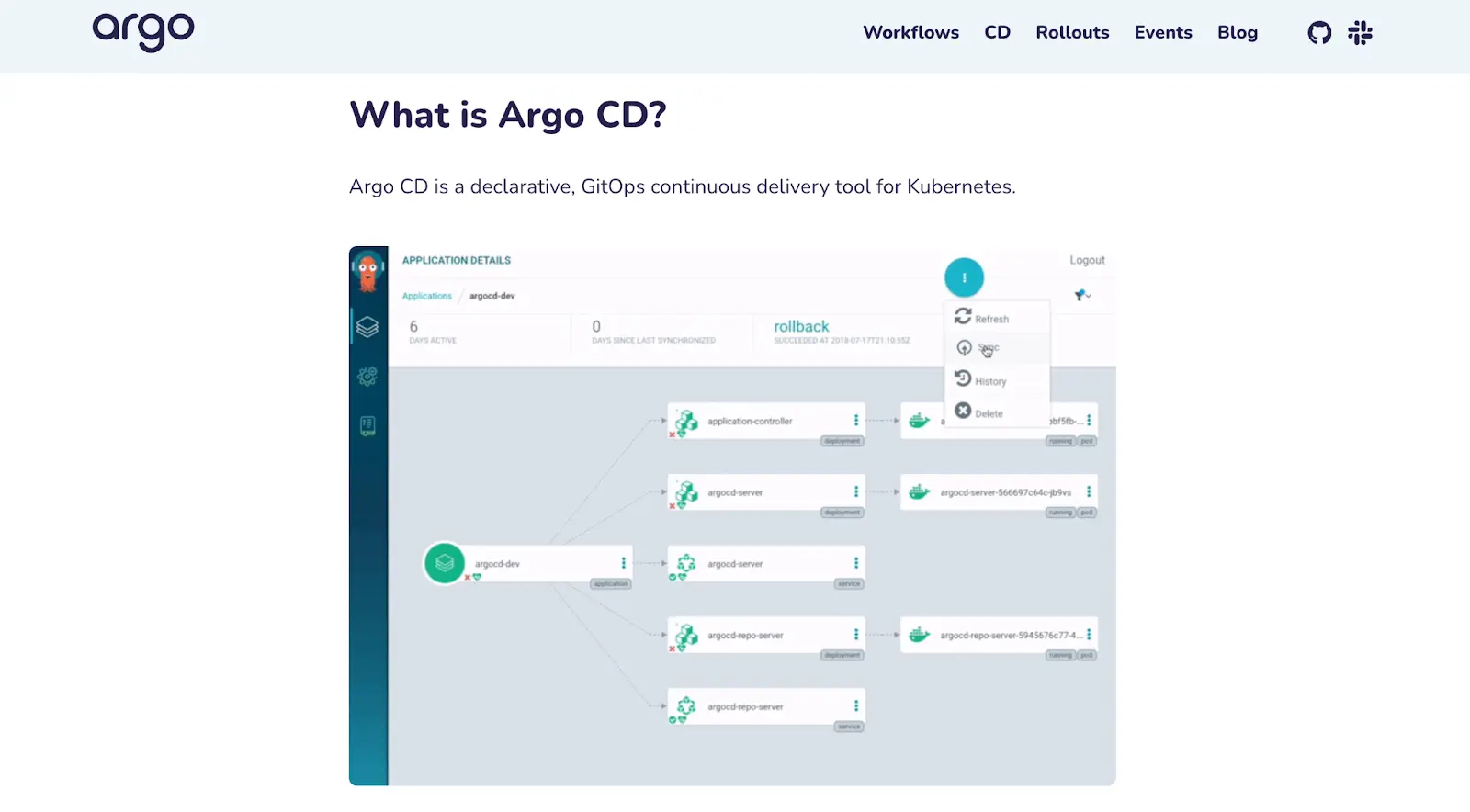
3. Timoni
Kubernetes brings power and flexibility to cloud-native development, but managing complex deployments can be time-consuming and error-prone. Enter Timoni, a rising star in the Kubernetes toolbox, promising seamless and efficient deployments in 2024 and beyond.
What is Timoni?
Think of Timoni as your streamlined approach to deploying and managing Kubernetes applications. Unlike traditional tools that rely on YAML or Go templates, Timoni leverages the power of CUE (Configuration Utility for Engineers) to offer:
- Type safety and validation: Reduce errors and ensure consistency with CUE's built-in checks, eliminating configuration headaches.
- Human-readable code: Write deployments clearly and concisely, fostering collaboration and understanding across teams.
- Code generation: Let Timoni automatically generate complex YAML manifests from your CUE code, saving time and effort.
- Modular approach: Organize your deployments into reusable modules, promoting code reuse and simplifying management.
- Declarative style: Define desired states for your applications, letting Timoni handle the orchestration behind the scenes.
Helm currently is the most used tool for managing Kubernetes deployments but here is how Timoni is different from Helm
Configuration approach:
- Timoni: Uses CUE, a typed configuration language with built-in validation, leading to error-free and human-readable configurations.
- Helm: Relies on YAML with Go templating, which can be prone to errors and challenging to maintain for complex deployments.
Authoring experience:
- Timoni: Offers code generation features and modularity, simplifying deployment definitions and promoting reusability.
- Helm: Requires manual YAML writing and scripting, making it less developer-friendly for larger applications.
Operational model:
- Timoni: Employs Kubernetes server-side apply and Flux's drift detection for deployments and upgrades, ensuring consistency and preventing inconsistencies.
- Helm: Uses client-side apply and pre/post hooks, which can be less reliable and introduce potential errors.
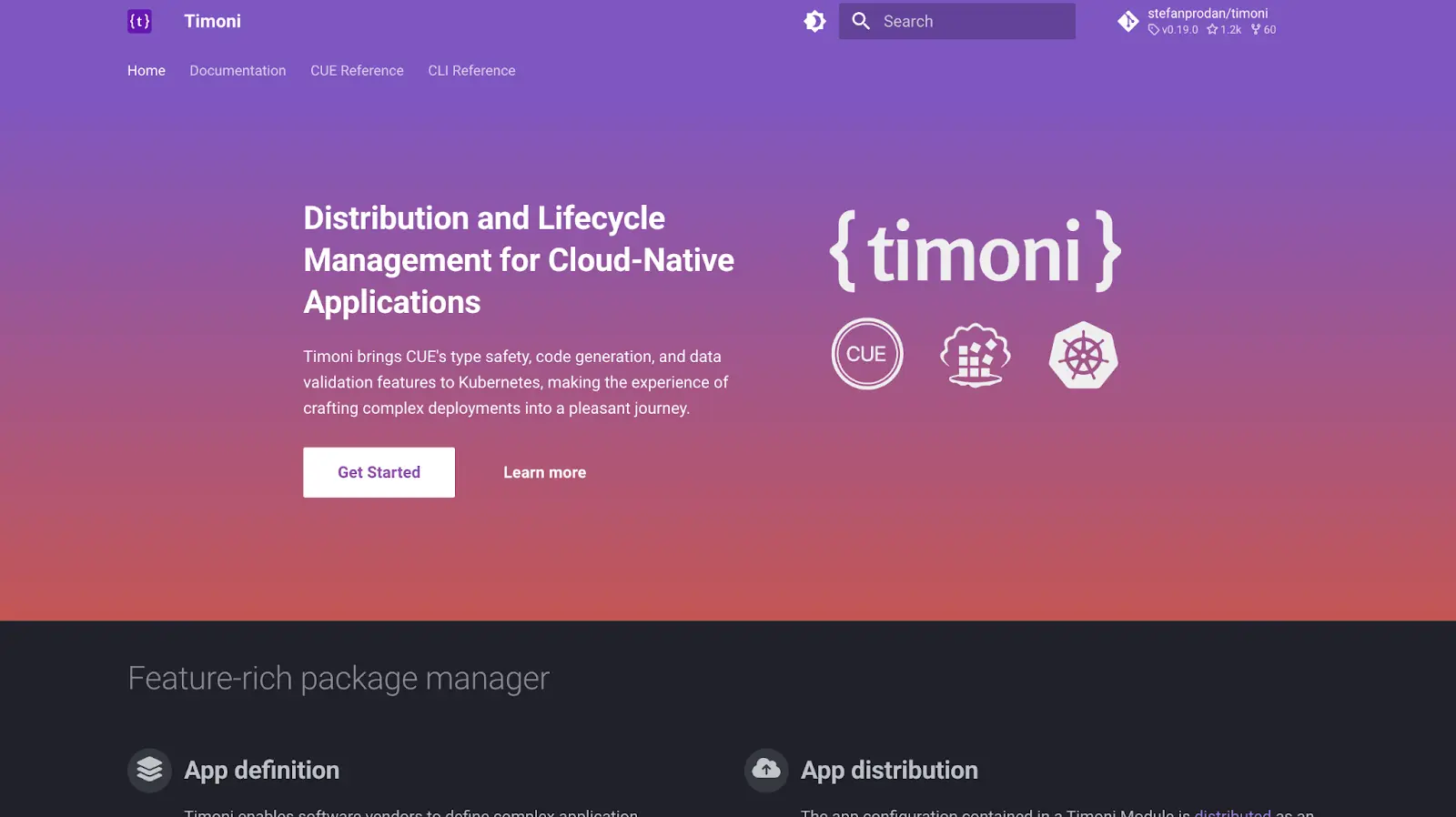
4. ArgoEvents : Automate workflows with Event-driven architecture
ArgoEvents is an event-driven workflow automation framework for Kubernetes, playing a crucial role in modern software development and platform engineering portals. It acts as a bridge between event sources (like Git repositories, webhook events, or message queues) and Kubernetes workflows or deployments, automating complex, multi-step processes based on these events.
Key to ArgoEvents is its ability to capture a wide range of event signals and trigger actions in response. This capability is essential in platform engineering, as it allows for automating tasks like deployments, testing, or scaling based on specific conditions or events. For instance, a new commit in a Git repository can automatically trigger a build or deployment process in the platform portal.
This event-driven approach enhances operational efficiency, reduces manual intervention, and speeds up the software development lifecycle. It ensures that changes are rapidly and reliably reflected in the platform environment, making it highly responsive to new developments and requirements.
ArgoEvents enables platform engineers to create a more dynamic and automated environment, crucial for modern, fast-paced software development. Its integration into platform portals allows for streamlined workflows, making it a valuable tool in the platform engineering arsenal.

5. Terraform: Go to infrastructure as code
Terraform is an open-source infrastructure as code (IaC) tool that plays a key role in building and managing infrastructure efficiently and efficiently. It allows platform engineers to define and provision infrastructure using a high-level configuration language, which can be versioned and reused.
The core strength of Terraform lies in its ability to manage infrastructure across multiple cloud providers (like AWS, GCP, Azure) and on-premises resources. This makes it ideal for organizations operating in multi-cloud or hybrid environments. By treating infrastructure as code, Terraform enables automated, consistent, and repeatable deployment processes, reducing manual errors and increasing efficiency.
Terraform's declarative configuration language allows engineers to specify what the infrastructure should look like, and Terraform takes care of the rest, determining the actions needed to achieve the desired state. This approach simplifies complex infrastructure management, making it easier to understand and maintain.
Moreover, Terraform's extensive provider and module ecosystem allows easy integration with a wide range of technologies and services, further enhancing its utility and flexibility. This makes it an indispensable tool for building and managing the vital infrastructure required for modern software development and cloud-native environments.
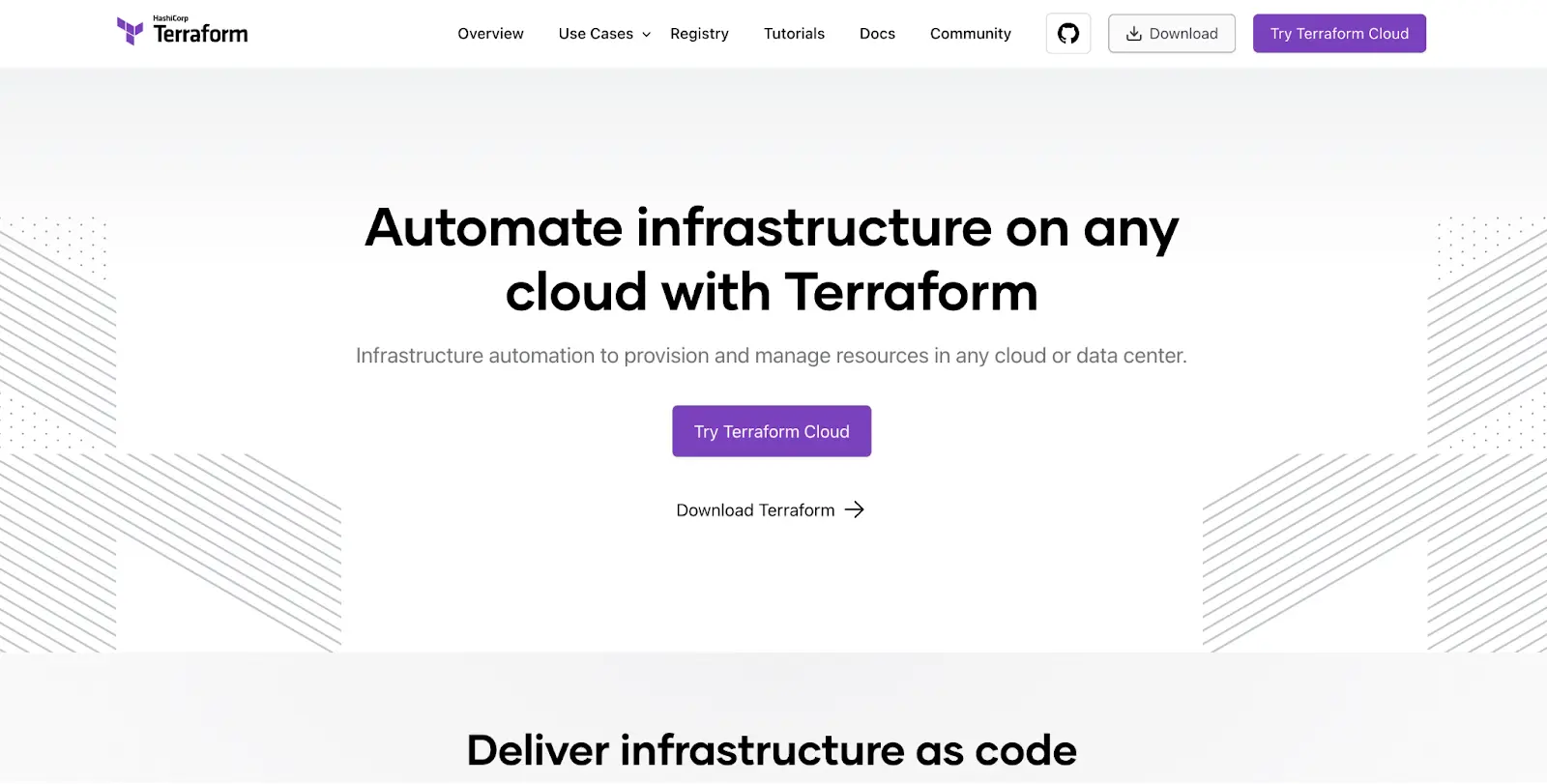
6. Tekton: Powerful CI/CD Orchestrator
Tekton is an open-source, Kubernetes-native framework designed for creating continuous integration (CI) and continuous delivery (CD) systems. Thanks to its flexibility and scalability, it's a key component for building applications, particularly in cloud-native environments.
Tekton's architecture is based on Kubernetes, allowing it to leverage Kubernetes' features like scalability and portability. This makes it well-suited for modern, containerized applications. Tekton pipelines define the steps required for building, testing, and deploying applications, and these pipelines are defined as code, which can be version-controlled and shared, promoting collaboration and consistency.
One of the reasons Tekton is a popular choice in the CI/CD space is its modularity and extensibility. It allows developers to build complex workflows that are tailored to their specific needs, without being locked into a specific language or ecosystem. This flexibility is key in modern development environments where technologies and practices are constantly evolving.
Additionally, Tekton integrates seamlessly with other tools in the DevOps ecosystem, including source control systems, build tools, and monitoring services. This integration capability ensures that Tekton can fit into existing workflows and toolchains, making it a versatile choice for a wide range of applications.
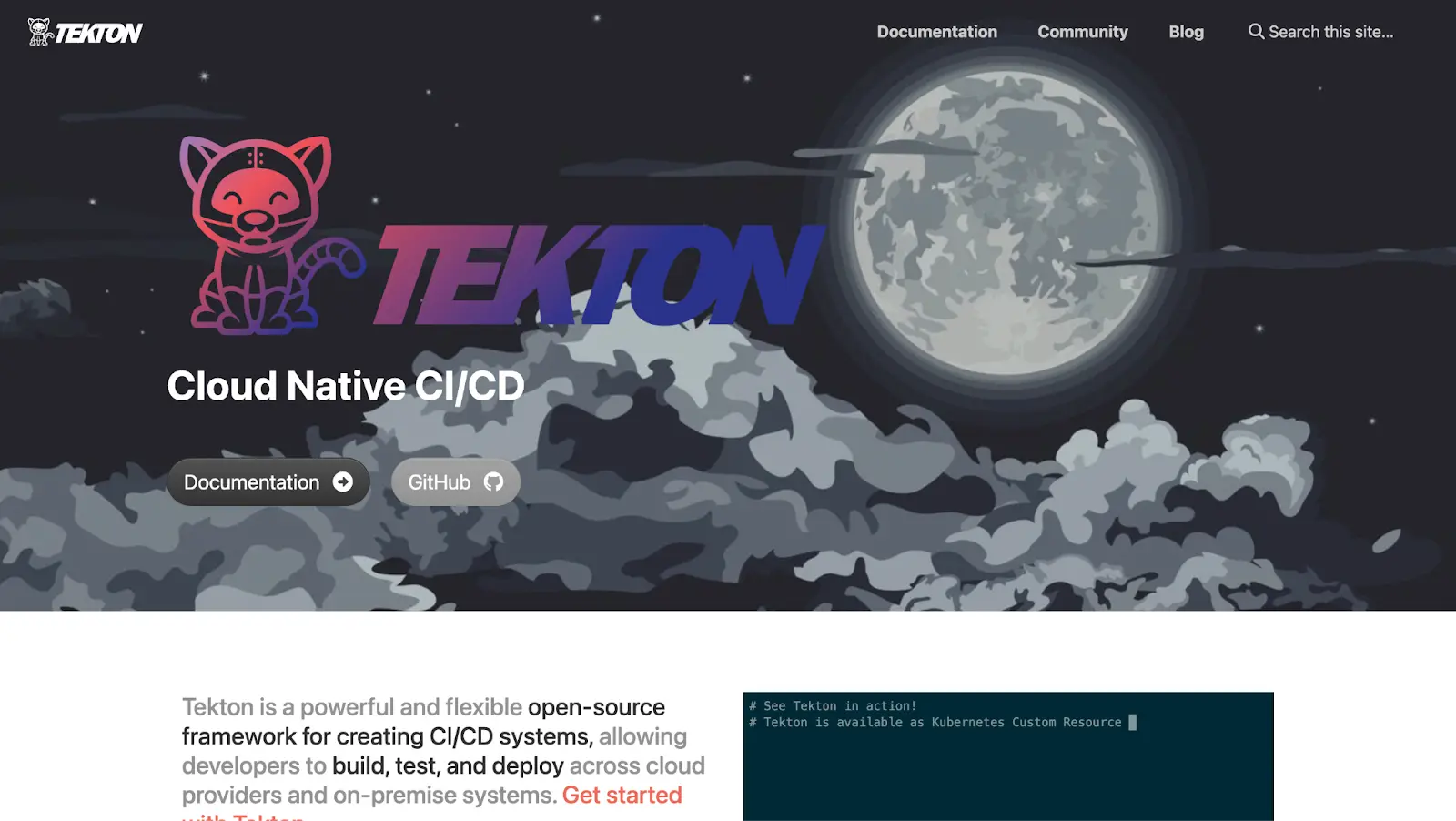
7. Groundcover: Observability, for the Cloud.
keeping your applications running smoothly and efficiently is essential. Enter Groundcover, a cloud-native application monitoring solution that's poised to be a game-changer in 2024 and beyond.
What is Groundcover?
Think of Groundcover as your comprehensive toolkit for observing and understanding everything happening within your cloud applications. Unlike traditional tools, it leverages the power of eBPF (extended Berkeley Packet Filter) to provide:
- Unparalleled visibility: Gain deep insights into the performance, health, and behaviour of your applications, from infrastructure to code.
- Granular control: Drill down to specific microservices, functions, and even lines of code, pinpointing issues with laser precision.
- Real-time monitoring: Gain instant insights into changes and anomalies, enabling proactive problem-solving before they impact users.
- Cost-effective scalability: Pay only for what you use, scaling effortlessly as your application grows.
- Developer-friendly experience: Enjoy an intuitive interface and seamless integration with popular DevOps tools.
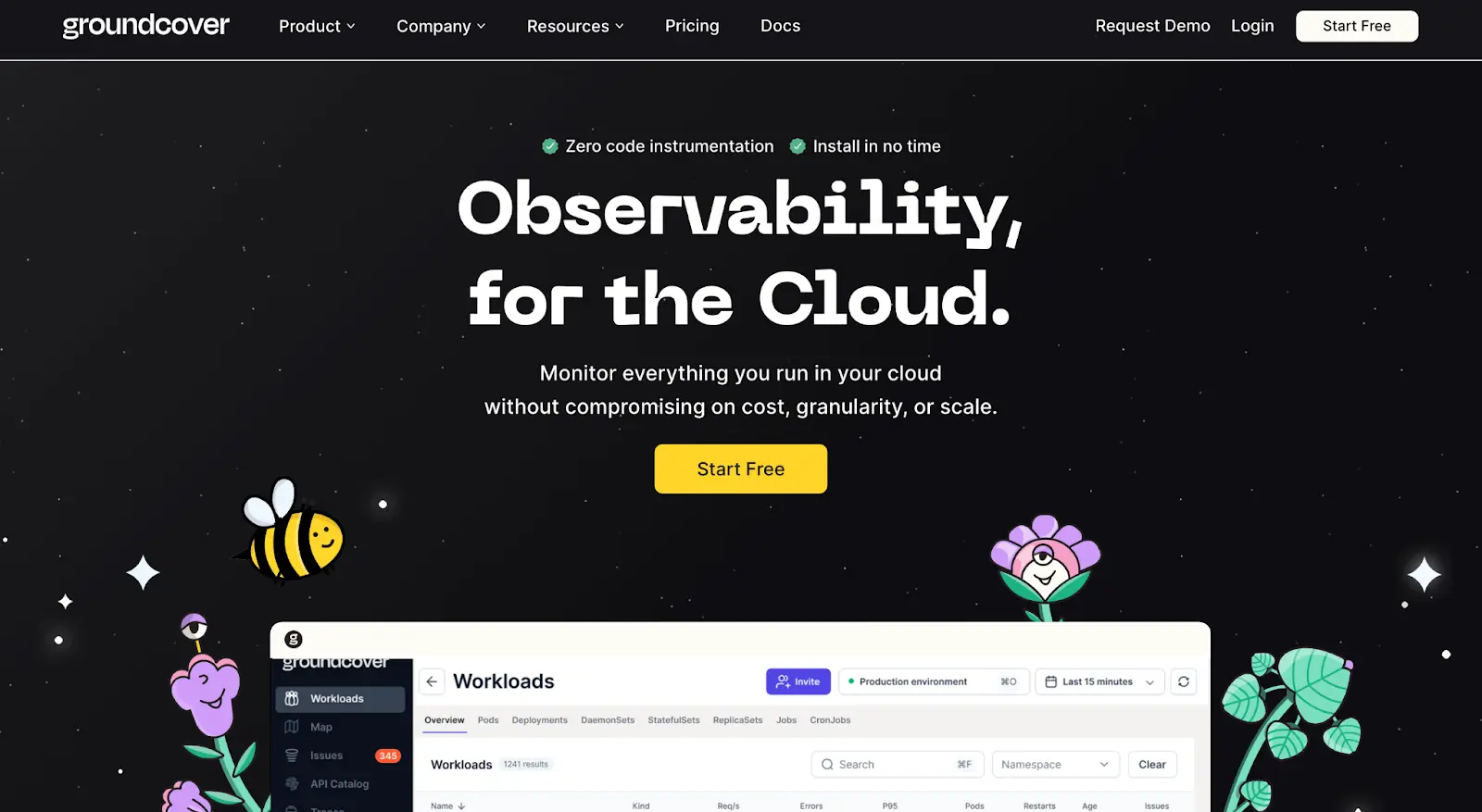
8. Atlas: Manage database as a code
What is Atlas?
Atlas is an innovative open-source tool that empowers you to manage your database schema as code. Gone are the days of manual configuration and error-prone processes. With Atlas, you can:
- Write your schema in a human-readable language: Choose from familiar options like HCL or YAML, making collaboration and understanding easier.
- Automate deployments and migrations: Streamline changes with automated CI/CD pipelines, ensuring consistency and reducing risks.
- Enjoy cross-database support: Manage various databases like MySQL, PostgreSQL, and more, eliminating vendor lock-in.
- Benefit from version control: Track changes with Git, enabling rollbacks and easier collaboration.
- Leverage a vibrant community: Tap into the active Atlas community for learning, support, and collaboration.
Why include Atlas in your 2024 toolkit?
- Increased Agility: Respond to changing requirements quickly with automated deployments and migrations.
- Enhanced Security: Reduce errors and improve auditability with code-based schema management.
- Improved Collaboration: Foster team understanding and transparency with human-readable code.
- Reduced Costs: Optimize resource utilization and minimize downtime with efficient processes.
- Future-Proof Approach: Embrace a modern, open-source solution for sustainable database management.

9. Kubescape: Manage Security for you Kubernetes
As Kubernetes adoption explodes, ensuring the security of your containerized applications becomes paramount. Enter Kubescape, a powerful open-source tool poised to be a game-changer in 2024.
What is Kubescape?
Think of Kubescape as your all-in-one Kubernetes security platform. It goes beyond traditional vulnerability scanning, offering a comprehensive suite of features to:
- Scan for misconfigurations: Identify configuration drifts and deviations from security best practices, including CIS benchmarks and NSA guidelines.
- Detect vulnerabilities: Scan container images for known vulnerabilities (CVEs) and prioritize remediation based on severity and exploitability.
- Enforce policies: Create custom policies to enforce specific security standards and ensure consistent security across your clusters.
- Integrate seamlessly: Leverage integrations with CI/CD pipelines and popular platforms like Jenkins and GitLab for automated security checks.
- Stay informed: Continuously receive updates and notifications about newly discovered vulnerabilities and policy violations.
Why should Kubescape be in your 2024 toolkit?
- Proactive approach: Shift from reactive patching to proactive prevention by identifying and addressing risks before they become exploits.
- Automated security: Integrate security seamlessly into your development workflow, saving time and reducing manual effort.
- Customizable control: Define and enforce your own security policies to perfectly match your organization's needs.
- Open-source and community-driven: Benefit from a vibrant community and enjoy the flexibility and cost-effectiveness of open-source software.
- Future-proof your deployments: Stay ahead of the security curve with a tool that continuously evolves and adapts to new threats.

10. Gateway API: The Future of Kubernetes Traffic Management
Get ready for a smoother, more unified way to manage external traffic in your Kubernetes environment! Gateway API, a rapidly evolving project, is poised to revolutionize how you handle HTTP/HTTPS traffic in 2024 and beyond.
What is Gateway API?
Imagine a single, standardized language for your Kubernetes traffic management needs. That's what Gateway API offers. It enables you to:
- Define gateways: Clearly specify how and where traffic enters your cluster, including protocols, security, and authentication.
- Connect routes: Effortlessly map incoming requests to the right services within your cluster, ensuring seamless delivery.
- Unleash flexibility: Choose from a growing ecosystem of gateways and route implementations to perfectly match your specific requirements.
Why consider Gateway API?
- Vendor-neutral freedom: Break free from vendor lock-in by using a standardized API, ensuring greater choice and flexibility.
- Streamlined automation: Simplify and automate traffic management rules across clusters, saving time and reducing complexity.
- Innovation on demand: Experiment with different gateways and routes, adapting to changing needs with agility.
- Future-proof approach: Join a thriving community and contribute to shaping the future of traffic management in cloud-native environments.

Conclusion:
As the landscape of platform engineering continues to evolve rapidly, these top tools helps in shaping the future of development and operations. These tools are essential for any organization looking to optimize their workflows, enhance security, and improve overall efficiency. Adopting these technologies not only prepares teams for the challenges ahead but also ensures they remain at the forefront of innovation, capable of delivering high-quality software solutions swiftly and securely. Embracing these tools is not just about keeping up with trends; it's about setting the pace for the future of technology.

